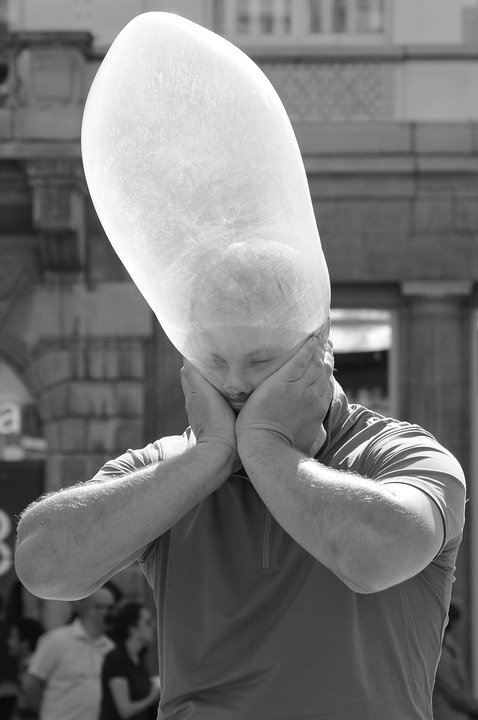
A stroke is a medical emergency that occurs when blood flow to the brain is disrupted, leading to damage of brain tissue. It is crucial to recognize the warning signs of a stroke and seek immediate medical attention to minimize the risk of long-term disability or death. In this article, we will discuss the warning signs of a stroke, the risk factors, and what you need to know to act quickly in case of a stroke.
The warning signs of a stroke can vary depending on the type of stroke and the area of the brain affected. However, there are common signs that can help you identify a stroke. The acronym FAST is often used as a mnemonic to remember the warning signs of a stroke:

– Face drooping: One side of the face may droop or feel numb. Ask the person to smile, and see if their smile is uneven.
– Arm weakness: One arm may be weak or numb. Ask the person to raise both arms and see if one arm drifts downward.

– Speech difficulty: Speech may be slurred or difficult to understand. Ask the person to repeat a simple sentence and see if they have trouble speaking.
– Time to call 911: If you notice any of these signs, it is crucial to call 911 immediately. Time is of the essence in treating a stroke, and early intervention can help minimize the damage to the brain.

In addition to the FAST mnemonic, other warning signs of a stroke include sudden:
– Confusion or trouble understanding
– Trouble seeing in one or both eyes
– Trouble walking, dizziness, loss of balance, or coordination
– Severe headache with no known cause
It is essential to be aware of these warning signs and act quickly if you or someone you know experiences them. Delaying treatment for a stroke can lead to severe disability or even death.
There are several risk factors that can increase the likelihood of having a stroke, including:
– High blood pressure: Hypertension is a leading cause of strokes. It is essential to monitor your blood pressure regularly and take steps to control it if it is high.
– Smoking: Smoking can damage blood vessels and increase the risk of a stroke. Quitting smoking can significantly reduce your risk of having a stroke.
– Diabetes: People with diabetes are at a higher risk of having a stroke. It is crucial to manage your blood sugar levels to reduce this risk.
– High cholesterol: High levels of cholesterol can lead to the buildup of plaque in the arteries, increasing the risk of a stroke. Eating a healthy diet and exercising regularly can help lower cholesterol levels.
– Obesity: Being overweight or obese can increase the risk of a stroke. Maintaining a healthy weight through diet and exercise can reduce this risk.
It is essential to know your risk factors for a stroke and take steps to reduce them. Making lifestyle changes such as eating a healthy diet, exercising regularly, quitting smoking, and managing chronic conditions like high blood pressure and diabetes can help lower your risk of having a stroke.
In conclusion, understanding the warning signs of a stroke and knowing what to do in case of a stroke is crucial for preventing long-term disability or death. Remember the FAST acronym and act quickly if you notice any signs of a stroke. Knowing your risk factors and taking steps to reduce them can also help lower your risk of having a stroke. Stay informed, stay vigilant, and take care of your health to reduce the risk of a stroke.

Discover more from Bibliobazar Digi Books
Subscribe to get the latest posts sent to your email.


